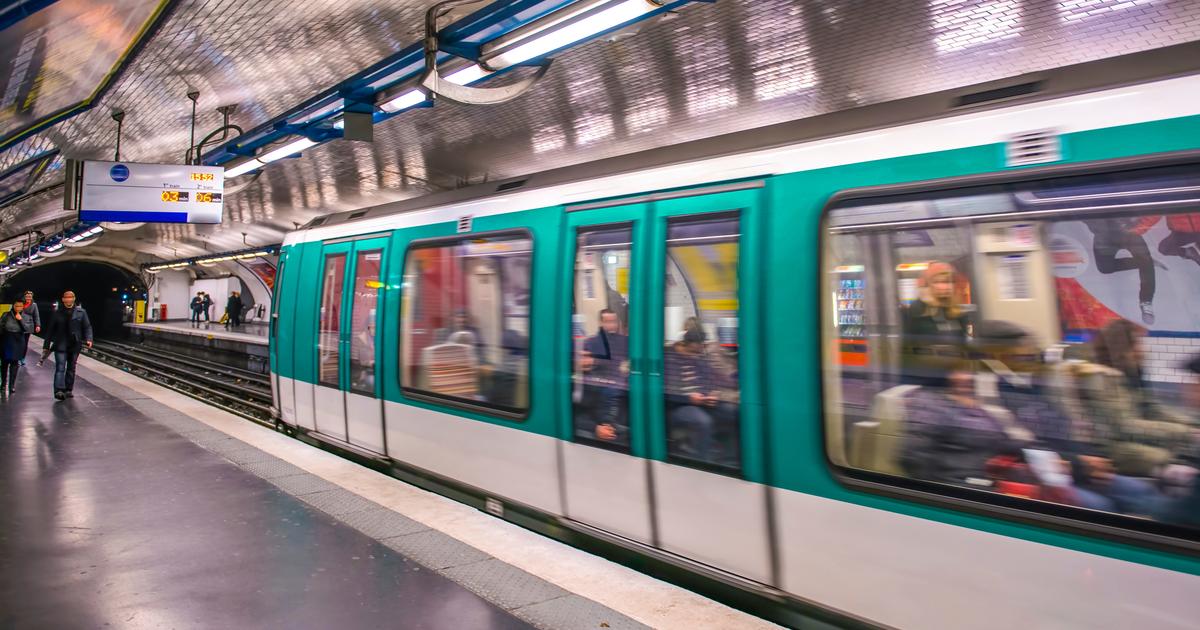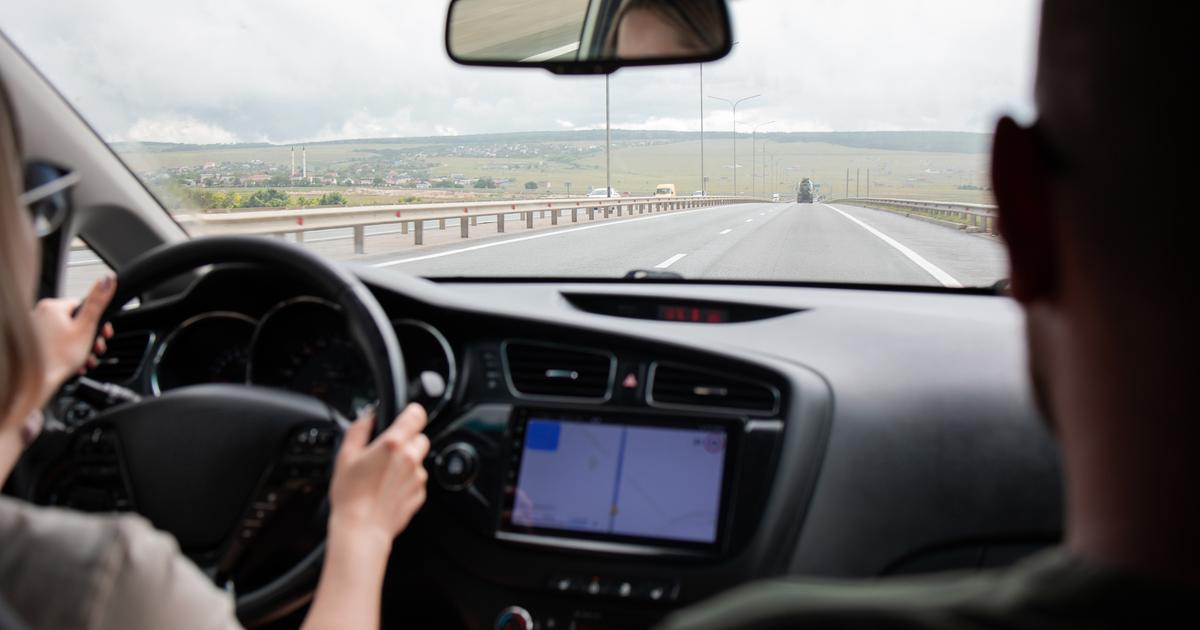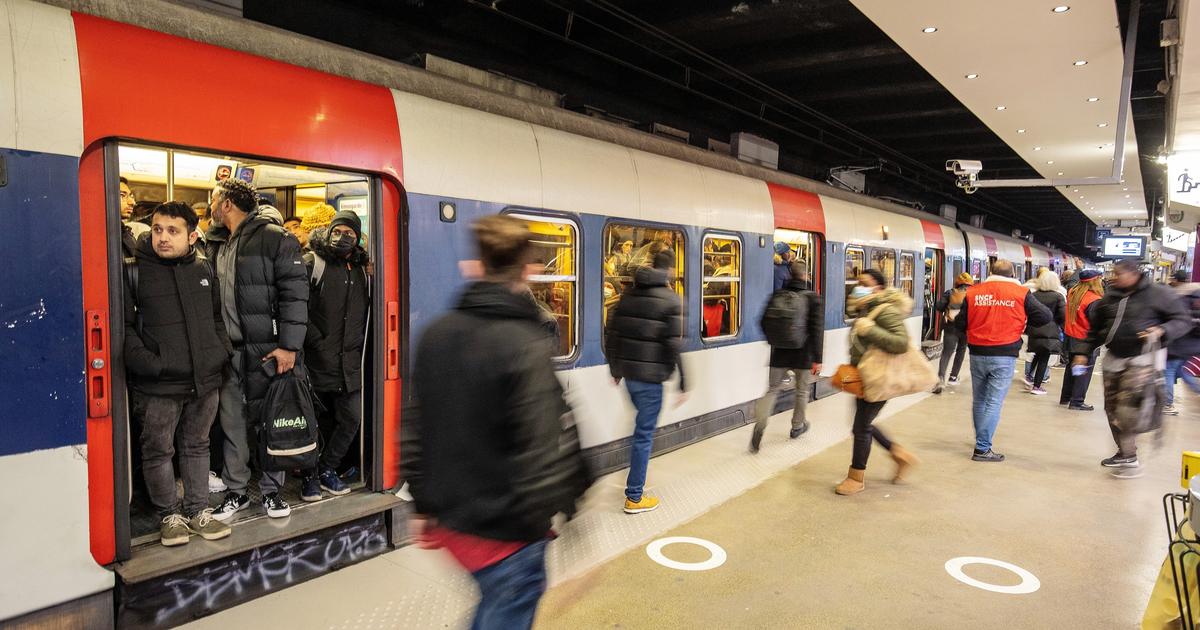So far so good. No major incidents to deplore in public transport in the Ile-de-France during the first two weeks of deconfinement. But what does this 25 May have in store for us after a long Ascension weekend? Do users, reassured, not risk coming back in force on trains, subways, buses and trams?
To avoid any unpleasant surprises, the operators, RATP and SNCF, significantly increased their offer from Monday. RATP thus announces a return to almost normal service, close to 100% during peak hours, which was already the case for metro lines 1, 13, 14 as well as tram lines T1 and T7. From this Monday also, all metro lines must return to their normal timetables, with an amplitude of 5:50 to 1:15 in the morning.
Transilien, the Ile-de-France network of the SNCF, promises 8 trains out of 10 during peak hours. The first two weeks, they were 60% to run with a priority on the RER B and D. With 530 trains more, this increase in the supply will allow 475,000 passengers to travel in respect of physical distance. To allow the respect of barrier gestures, the SNCF only runs long trains.
Because the real issue is there: how can we welcome more travelers while keeping our distance? The return to normal or almost normal traffic does not prevent Ile-de-France Mobilités (IDFM) from "staying very vigilant and attentive to this key day on Monday". On the contrary. The regional transport authority recalls that if the offer increases very appreciably, “the capacity of reception of the users remains, it, reduced by nearly 20% for health reasons. "
Relaxation when wearing a mask
For the success of a progressive deconfinement, IDFM always calls on companies "to make massive use of telework". The obligation to have a certificate from the employer to travel during peak hours is also a principle well followed by Ile-de-France residents and which helps relieve congestion on the network. For the moment, only 850,000 users per day have used it against 5 million in normal times.
But one of the main reasons for IDFM's current concern concerns the obligation to wear the mask in transport. Rather respected during peak hours (6 am to 10 am), the principle experiences real relaxation at other times of the day as revealed by two experiments carried out by IDFM and the RATP at the Châtelet metro station and in the Aulnay stations -sous-Bois and Le Bourget in Seine-Saint-Denis, between May 13 and 21.
The Ascension weekend and Thursday were particularly conducive to relaxation in these two Seine-Saint-Denis stations with compliance rates of less than 50%. According to our information, nearly 15,000 users have already been denied access to the Ile-de-France network for lack of a mask.
Tensions during checks and filtering
On the sensitive subject of compliance with the rules, Valérie Pécresse, President (Free) of the Ile-de-France region and of IDFM has also written to Christophe Castaner, the Minister of the Interior, to request the maintenance of the forces of the order beyond the previously fixed calendar.
Newsletter - The essentials of the news
Every morning, the news seen by Le ParisienI'm registering
Your email address is collected by Le Parisien to allow you to receive our news and commercial offers. Find out more
Since May 11, around 2,000 police officers have been deployed to support RATP and SNCF agents, and some tensions have been noted at the 164 screening and screening points in Ile-de-France.
"I want to alert you to the imperative need for these police forces to continue their missions at least until June 2, and beyond if ever the government were to decide to maintain compulsory social distancing in transport, writes the President of IDFM and of the Ile-de-France region. Without these additional means, and given the growth in the number of travelers expected over the next few weeks, the operators have clearly indicated to us that they would be forced, if the risk of epidemic is still present, to close a very large number of lines and stations, which I cannot accept. It would be a catastrophic scenario. "
Road traffic always fluid?
On the roads, the dreaded traffic jam with deconfinement has not yet taken place. The transfer of users to the car has in any case been limited in the first two weeks, even if the traffic is increasing day by day. For the record, the first two Mondays had peaks well below normal during peak hours. The road traffic watch, the Sytadin site, observed 48 kms of traffic jams maximum on May 11, then 68 kms on May 18 against 300 kms usually.
Ile-de-France traffic is rising. And even if it is weaker than in other big cities like Nice or Marseille (respectively + 22.1% and + 21.2% against only + 11.7% in Paris according to the urban mobility application Moovit) , it remains a point of concern for the authorities.
Here again, motorists, reassured by a rather fluid traffic until then, could be tempted to hit the road to go to work without waiting for the next government announcements this weekend. The attitude of companies that decide whether or not to pursue telework as much as possible, as recommended in the charter signed between employers' organizations and the region just before the deconfinement, will count for a lot.
VIDEO. In Paris, hydroalcoholic gel served with "beer dispensers"















